Testimony to the
Committee on Science
United States House of Representatives
"China: Dual-Use Space Technology"
Thursday, June 25, 1998
9:30 AM, Rayburn House Office Building, Rm 2318
Presented by
Leon E. McKinney
President
McKinney Associates
Town & Country, Missouri
Mr. Chairman and Members of the House Committee on Science:
Like many Americans, I am concerned by reports from a wide range of authoritative media sources that the Clinton Administration granted waivers to launch U.S.-made satellites on Chinese launch vehicles to at least two American aerospace companies, Loral Space and Communications and Hughes Aircraft, amidst questions whether long-established procedures designed to safeguard militarily critical U.S. technology were followed.
In addition, with a background in launch vehicles and missile systems design, I believe I understand better than most Americans how sensitive launch vehicle and missile performance is to improvements in the various subsystems that comprise the complete launch vehicle or missile system. Thus, reports that U.S. missile technologies which have been painstakingingly developed since the 1950s at great expense to the U.S. taxpayer may have been delivered to another nation, a nation that many people believe acts in ways inimical to U.S. interests, are very upsetting to me.
So, when Chairman Sensenbrenner invited me to speak today, I welcomed the opportunity to share with the Committee some of my knowledge concerning launch vehicle and missile technology. I hope my remarks, and my accompanying written testimony, provide illumination and insight to the Members of the Committee so that they many ascertain the damage that may have occurred to U.S. national security and commercial interests if any of the alleged transfers of technology have indeed occurred. I am looking forward to answering any and all questions by the Members to the best of my ability.
I would like to provide the Committee with a quick overview of my personal background. A more detailed biography and curriculum vitae are included in my written testimony.
I received BS and Masters degrees in Aerospace Engineering from Purdue University in 1981 and 1982, respectively. From June 1982 to June 1993, McDonnell Douglas employed me at their Space and Defense Systems Group in Huntington Beach, California. During that time, I worked primarily on advanced systems concepts, concentrating on new launch vehicles. Among the NASA- and DoD-sponsored studies I participated in were Heavy Lift Launch Vehicle (HLLV), the Space Transportation Architecture Study (STAS), the Advanced Launch System (ALS), the Advanced Launch Vehicle Development Program (ALVDP), the National Aero Spaceplane (NASP), and SDIO's Single-Stage-to-Orbit (SSTO). I also worked on several military vehicle system studies, including Copper Canyon, Transatmospheric Vehicle (TAV), and NASP-Derived Vehicle (NDV). Finally, I worked on systems analysis studies for the Strategic Defense Initiative (SDI) and several other projects including studies examining the relative capabilities of current and projected U.S. and Soviet strategic offensive and defensive systems.
My particular area of expertise while I was with McDonnell Douglas was in the area known as "systems performance". As a systems performance analyst, I was responsible for collecting various models of a system's attributes and assembling them into a comprehensive model of the entire system, which would then be used to determine the system's capability to perform its designated mission.
Typically, I would collect computer codes and data tables describing the aerodynamics, propulsion, structural and mass characteristics of a launch vehicle, then use existing computer codes or create new ones to simulate the vehicle's trajectory through the atmosphere and into and through space. Due to the extremely complex, highly non-linear interactions between atmospheric, gravitational and propulsion forces and moments, it can be very difficult to determine the values for a vehicle's controls (e.g. engine throttles and gimbal angles and vehicle aerodynamic angle-of-attack) which optimize a desired measure of performance while simultaneously adhering to numerous constraints. Over the years, though, the computer codes available, combined with increasingly powerful computers, enabled myself and other systems performance engineers to conduct very detailed simulations of vehicle trajectories, with a high degree of fidelity to the real, physical world.
In 1993, during the defense industry shrinkage, I was let go by McDonnell Douglas. I formed my own company, McKinney Associates. Initially, I worked with my father, retired U.S. Army Col. Lee McKinney, in his environmental and regulatory consulting business. However, I continued to dabble in the field I know and love, aerospace and defense. Over time, more and more business opportunities in aerospace and defense have presented themselves, and I believe I am becoming well-established as a "niche" provider of services in aerospace and defense systems performance analyses. Included in my material is a disclosure of the various government-sponsored studies I have participated in, some without compensation, since I formed my company in 1993.
At this point, I would like to begin sharing with the Committee some information concerning launch vehicle and missile systems technology.
I think it's important for the Committee to understand two primary points. If you keep these points in mind, much of the confusion and, frankly, disinformation, surrounding the issues at hand of technology transfer to the Chinese will diminish.
First, there is essentially zero difference between what we call a launch vehicle and what we call a missile. All launch vehicles today, with only a couple of exceptions such as the U.S. Space Shuttle, are actually derivatives of older Intermediate Range Ballistic Missiles (IRBMs) and/or Intercontinental Ballistic Missile (ICBMs). The Atlas, Delta and Titan launch vehicles of today are just larger versions of the Atlas, Thor-Delta and Titan strategic missiles which the U.S. relied on to deliver nuclear retaliatory strikes in the event of nuclear war with the Soviet Union.
Every launch vehicle carrying satellites to orbit boosts through the atmosphere and turns towards the horizontal near the end of its two-, three- or four-stage flight to dispense the satellite payloads. A missile does precisely the same, except instead of dispensing satellites which will continue on into orbit around the earth, a missile system dispenses warhead reentry vehicles which will impact the earth or perhaps detonate at a pre-determined altitude. A little joke among us rocket scientists is that while both missiles and launch vehicles put payloads into orbit, a missile payload's orbit intersects the earth. That joke actually neatly summarizes the sole difference. Figure 1 immediately at the end of the written testimony illustrates this. Nearly any technology that improves missile capabilities can be carried over, perhaps with some modifications, to improve launch vehicle capabilities. And, as we're discussing today, vice versa.
The second point is that launch vehicle and missile trajectories are very, very sensitive to changes in characteristic attributes such as stage burnout time, altitude, velocity and orientation. Following Figure 1 is a series of seven charts illustrating the relationship between various trajectory parameters and a particular missile's burnout altitude. For this case, the missile engine burn time is held fixed, and the missile burnout altitude is changed by changing the rate at which the missile pitches over for several seconds immediately following its vertical liftoff from the launch site.
The final series of four charts give some idea of the sensitivities involved, by showing the error sensitivities for a generic missile burning out at 100 nautical miles with a range of 5,000 nautical miles. The equivalent values in statute miles are 115 and 5,750, respectively. The analysis and equations that produced those charts are also available, immediately following the charts. The error sensitivities shown are increases or decreases in range from 5,000 nautical miles as a function of errors in burnout velocity, burnout velocity angle and burnout altitude. Based on the governing equations, the minimum burnout velocity required to achieve 5,000 nautical miles is 22,400 fps (15,300 mph), provided the burnout velocity angle relative to the local horizontal is 20.3 degrees. A 1% error in burnout velocity results in missing the desired range of 5,000 nautical miles by around 250 miles. The rules of thumb are that a 1 ft/sec burnout velocity error produces a mile of range error; a 1 degree burnout error, 4 miles of range error; and a 1 mile burnout altitude error, 5 miles of range error.
These values are only approximate and will vary depending on the launch vehicle or missile involved, but it should be clear that very small errors have very big consequences. When we recall that U.S. nuclear missiles are designed to miss their designated targets by very small distances, a hundred feet or less, we can appreciate the high degree of accuracy required for successful missile trajectories.
Now I would like to address some specific issues of technology transfer as requested by this Committee.
I believe I've made clear my views on the first issue, the dual-use nature of launch vehicle guidance technology: if you improve launch vehicle guidance technology, you've simultaneously improved missile guidance technology; you really can't do one without doing the other.
A second issue is the effect of missile technology enhancements on mission performance. As I remarked above, very small improvements in boost trajectory accuracy result in big gains in targeting accuracy. Thus, transfer of technology to the Chinese can enable them to rapidly and vastly improve the accuracy of their missiles. For example, ring laser gyros, which published reports indicate have found their way to the Chinese, improve the accuracy of their missiles' navigation and guidance systems, which enables them to implement the missile trajectory control systems more effectively to assure better accuracy. Another example is telemetry encryption/decryption technology, which allows the transmittal of more and better information to Chinese rocket and missile engineers during their launches to help track exactly how the vehicle is performing and compare that to their predictions of the vehicle performance. It would be especially disturbing to discover that allegations are true that the Chinese may now have some of the keys to our launch vehicle and missile telemetry encryption, permitting them to "eavesdrop" on our launches and obtain the same information as U.S. engineers about our vehicles' trajectory performance.
The third issue I've been asked to discuss is the risks of technology transfer through technical discourse. Based on published media reports, I understand that the claims that Loral violated U.S. laws and policies governing dissemination of militarily critical technical data appears to center around a report transmitted to the Chinese by a senior Loral manager in which certain "suggestions" were made and certain questions were asked. I believe it is very easy for highly trained engineers to learn where to direct their efforts in analyses and tests to correct vehicle performance shortcomings and/or outright failures with that sort of help. One of the most difficult problems for a launch vehicle or missile engineer is "failure resolution analysis" - what we did, for example, when the Space Shuttle Challenger blew up. In the case of the Chinese Long March launch vehicle's catastrophic failures, which left only scattered debris, it would have been of immense help to Chinese engineers to have American engineers with knowledge about similar launch vehicle failures make suggestions or ask particular questions about this or that vehicle subsystem.
It's conceivable and perfectly understandable to me that American engineers could inadvertently, out of a sense of collegial friendliness towards Chinese engineers, make helpful suggestions and ask helpful questions in their conversations. However, it is very difficult for me to conceive how a formal written report, presumably the product of detailed analyses, could be submitted to the Chinese without close review by individuals designated by their organization to ensure correct application of policies governing technology transfer.
For example, next month I am attending a conference on propulsion in Cleveland. While I am not attending any sessions where classified material is presented or discussed, I nonetheless am required to submit with my conference registration package a certification number issued by the Department of Defense Logistics Service Center, declaring that McKinney Associates as an organization, and myself as an individual, agree to abide by U.S. laws governing export of militarily critical technical data. The form I had to complete to obtain my certification makes it quite clear that I will go to prison if I violate any such laws. Indeed, just putting down any false information on the form itself is punishable by fine or prison or both under U.S. Code, Title 18, Section 1001.
This is entirely consistent with experiences I've had during my 16 years in aerospace and defense, and I guarantee it's consistent with the experience of everyone else who has worked in aerospace and defense. National security laws and policies controlling the technical data generated and used by aerospace and defense engineers and scientists are part of our culture. The laws and policies are as much a part of our daily work environment as the water coolers and cafeterias. A common, shared experience among aerospace engineers is your first security violation - typically for forgetting to close and lock your file cabinet where classified information is stored. During my years at McDonnell Douglas, I think nearly everyone I knew got at least one violation. Forgetting is part of the human condition.
However, while you'd get a laugh and might have to buy a round of drinks at happy hour for accidentally leaving your cabinet unlocked, you'd get short shrift if you deliberately violated security policies.
The last issue I was asked to address concerns a potential scientific exchange agreement between the U.S. and China covering certain earth science data. While I approve of such agreements in principle, I hold the same skepticism I often had about agreements signed with the Soviets. Should the earth science data packages contain, for example, the detailed models of atmospheric winds developed by the U.S. over the past decades, or the equally detailed models of the earth's geodetics (the exact shape of the earth and its magnetic and gravitational fields as a function of latitude and longitude), then the Chinese would be receiving valuable scientific data which would definitely improve the accuracy of their launch vehicles and missiles. This is because atmospheric winds and the earth's gravitational fields vary around the earth to a sufficient degree that a simple, uniform model of those forces' effects on a vehicle trajectory is inadequate for predicting launch vehicle and missile trajectories with the fidelity required to place payloads in precise orbit and warheads on their targets. The same is true for the earth's magnetic fields, which can affect the navigation, guidance and control systems on board the vehicle. I would have to ask why we would provide the Chinese with such valuable information, and what would we get in return.
That concludes my testimony.
I thank you for your attention and I would be pleased to attempt to answer any questions the Committee may have for me at this time.
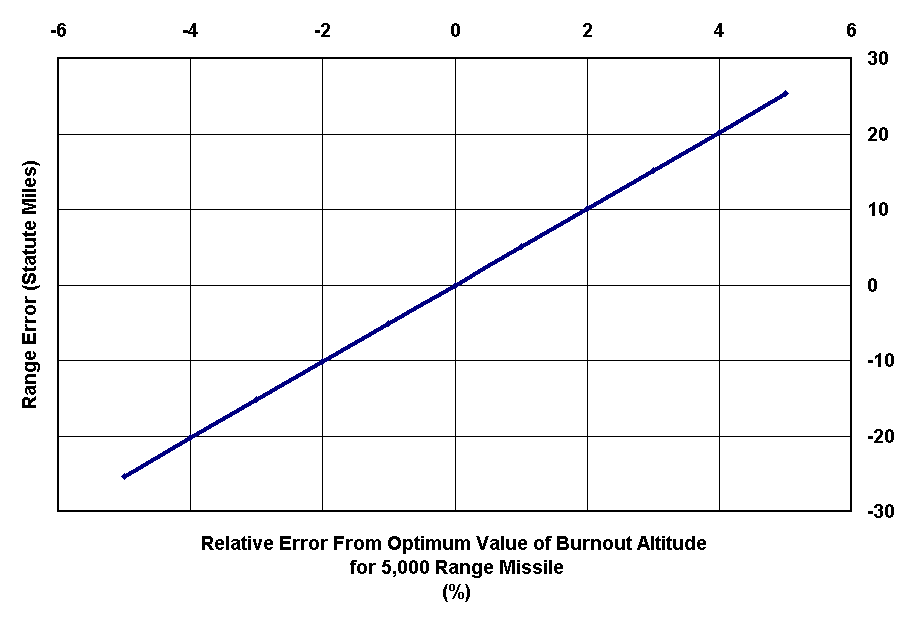



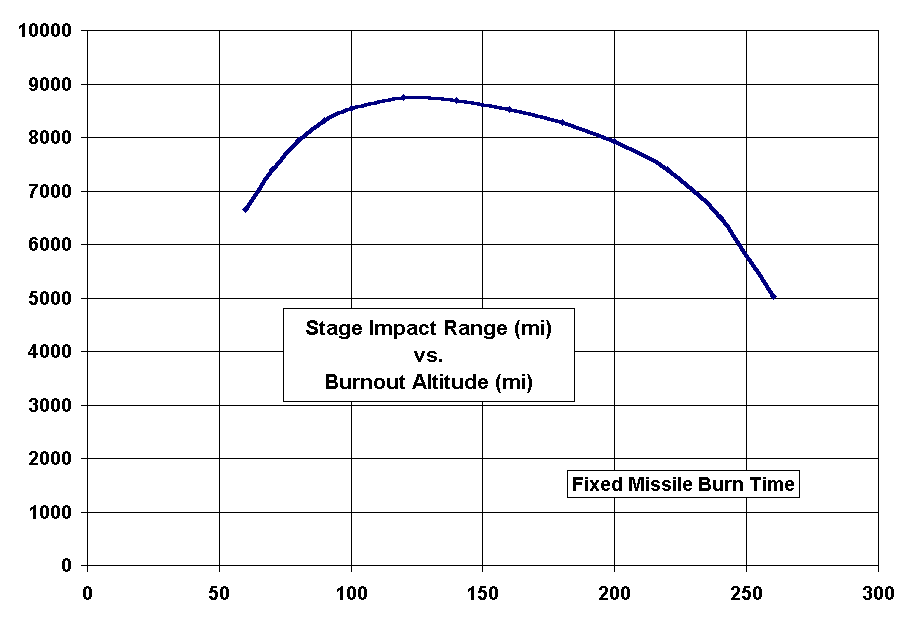
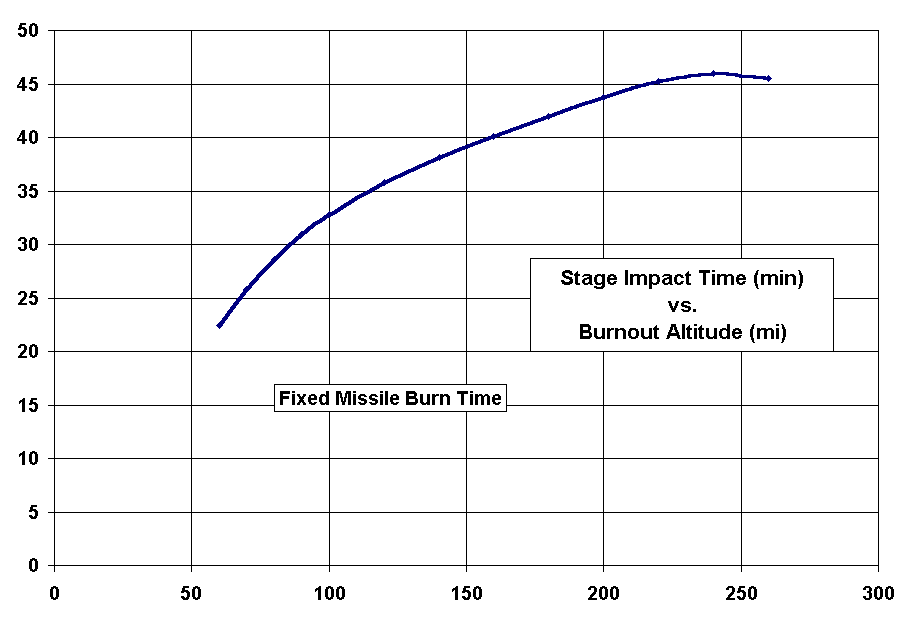
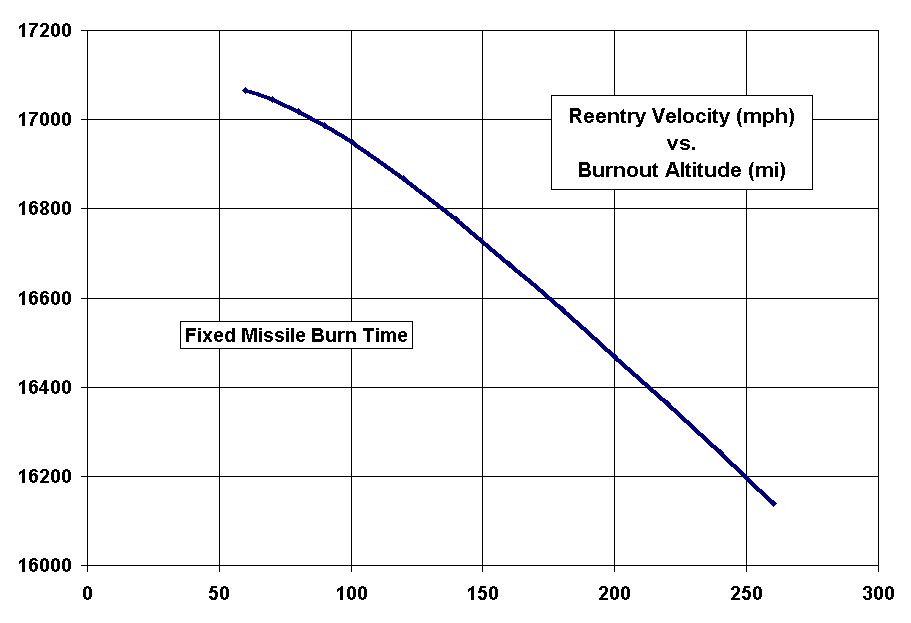

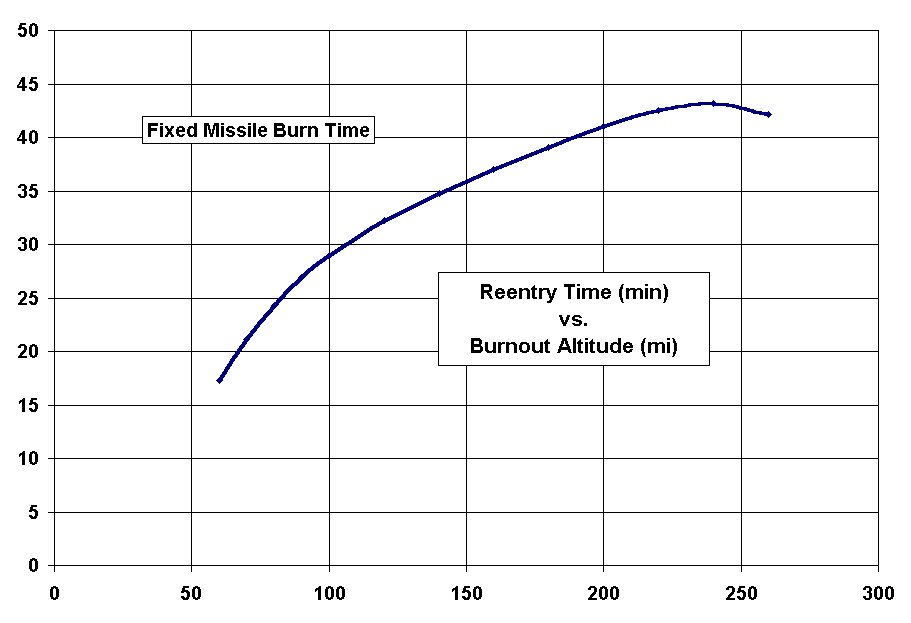

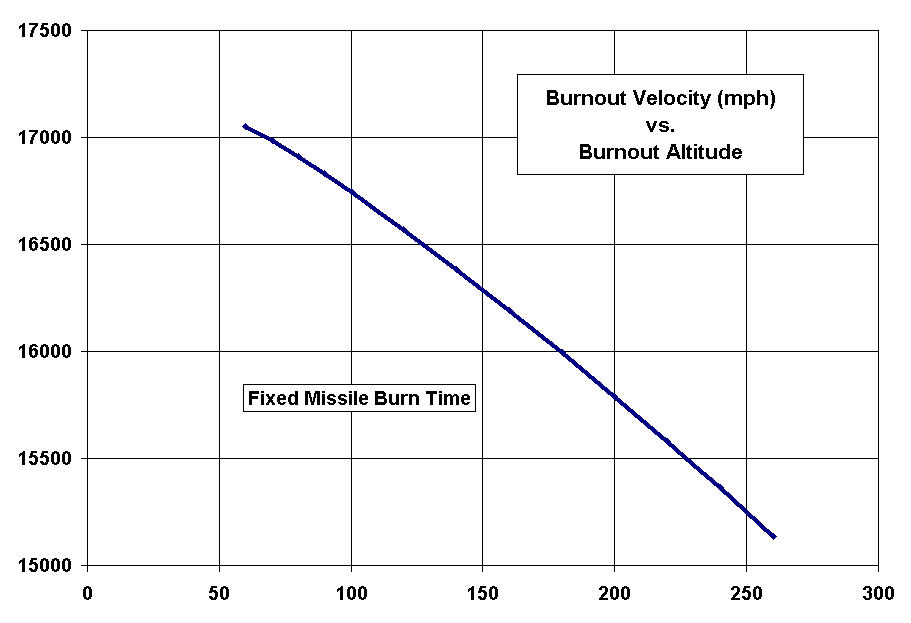
|
NEWSLETTER
|
| Join the GlobalSecurity.org mailing list |
|
|
|

